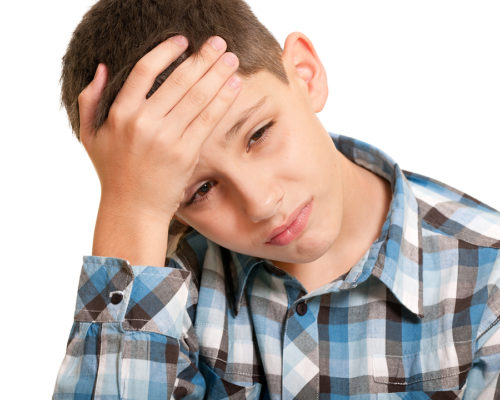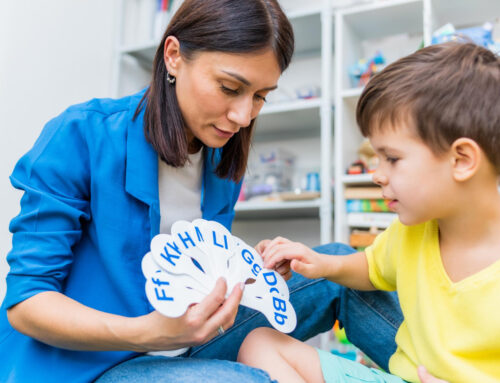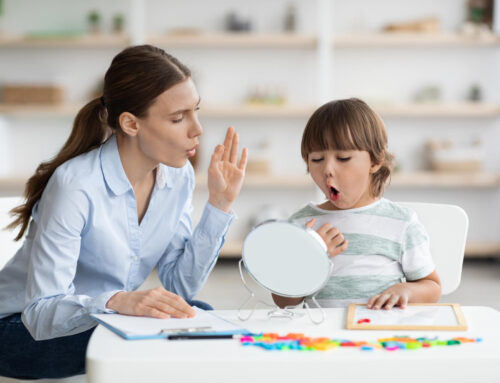
Migraines are not the same as your usual stress headache. Instead, migraines are accompanied by intense, throbbing pain on one or both sides of the head frequently followed by vomiting or nausea. A migraine can last several hours or even several days (Mayo Clinic, 2019). One odd fact that a lot of people don’t realize is that migraines can be broken down into stages, and those affected will either go through a couple or all of these stages.
The American Migraine Foundation (2018) outlined and detailed each stage of a migraine:
- Prodrome: This stage can last between a few hours to a few days and present with some of the following: nausea, depression, irritability, sensitivity to light and sound, increased need to urinate, food cravings, difficulty sleeping, difficulty concentrating, and difficulty reading or speaking.
- Aura: This stage lasts between 5 minutes to an hour and comes with visual disturbances, possible temporary loss of eyesight, and sometimes numbness and tingling on part of the body.
- Headache: This stage is where the intense throbbing starts followed by possible nausea, insomnia, depression, burning, nasal congestion, and anxiety. The discomfort can last anywhere between 4 and 72 hours.
- Postdrome: The last stage comes down from the headache and usually includes fatigue, difficulty concentrating, a euphoric mood, depression, and lack of comprehension.
Unbeknownst to some adults, children can experience migraines just as intense as those experienced by older persons. Although migraines are generally shorter in children, the pain is just as debilitating on daily function. According to the Migraine Research Foundation (2019), children with migraines can also have additional symptoms such as: sensitivity to odors and touch, abdominal pain, unexplainable mood changes, and dizziness. Children as young as 18 months old have been known to have migraines and approximately 10% of school-aged children suffer from migraines.
Migraines, especially if not being addressed with medication or pain management techniques can disrupt just about every aspect of a child’s day including:
- A full night’s sleep
- Participating in leisure tasks alone or with friends
- Reading and writing
- Academic responsibilities
- Athletic participation
- Eating regular meals or getting enough water
Although some migraines are unpreventable, parents can take appropriate steps and management techniques in order to reduce the risk or decrease the symptoms so that their children can get through the day as best as possible:
- Believe your child: If your child has history of complaining about headaches accompanied by nausea and possible behavioral changes, then you child is probably in the midst of dealing with a migraine. If you or the other parent have a history of migraines, then embrace the possibility that that unfortunate trait has been passed down to your child.
- Consult with your pediatrician: Talk to your child’s doctor about your concerns if you feel that they are showing symptoms of migraines. Sometimes, children will have migraines without the pain and with nausea or vice versa. The pediatrician might notice symptoms that you haven’t picked up on and can make some medication recommendations.
- Create a calm place: Create a spot in your house where your child can go when a migraine is coming on. Wherever it is, the room needs to darkened and free of odors (no scented candles or fragrances either). Make sure your child can get away from other sounds of the household by either having the door shut and/or applying earmuffs. Set up a comfy spot with pillows and blankets for the child to rest on.
Talk to your child’s teachers and school staff about their migraines and how it will impact their academics. Brainstorm ways that your child’s teachers can transition them into a different room or spot in the school if a migraine is coming on.
- Don’t force food too quickly: If your child doesn’t want to eat right away, don’t get too worried about it even when they are very young. If your child’s migraine persists past two-three days and they haven’t eaten anything in that timeframe, consult with your pediatrician.
- Find some shades: Allow for your child to wear sunglasses during the day if light (indoor or outdoor) tends to trigger their migraines. Talk to school staff to see if this is also a possibility during school hours, especially if your child is sensitive to indoor fluorescent lighting.
- Apply cold packs: Ice packs applied to the painful portion of the head can drastically reduce the throbbing so that the child can tolerate symptoms better while they wait for the migraine to pass. Ice packs should only be applied for about 10-15 minute intervals with a slight break in between intervals.
- Take away screen time: Lastly, do not be tempted to hand over a phone or a TV screen so that your child can kill time while waiting for the migraine to pass. Any screen time can worsen symptoms and prolong the migraine.
References
- The Timeline of a Migraine Attack (2018). American Migraine Foundation. https://americanmigrainefoundation.org/resource-library/timeline-migraine-attack/. Viewed on July 17, 2019.
- Migraine (2019). Mayo Clinic. https://www.mayoclinic.org/diseases-conditions/migraine-headache/symptoms-causes/syc-20360201. July 17, 2019.
- Migraine in kids is not just a bad headache. (2019). Migraine Research Foundation. Viewed on July 17, 2019.





